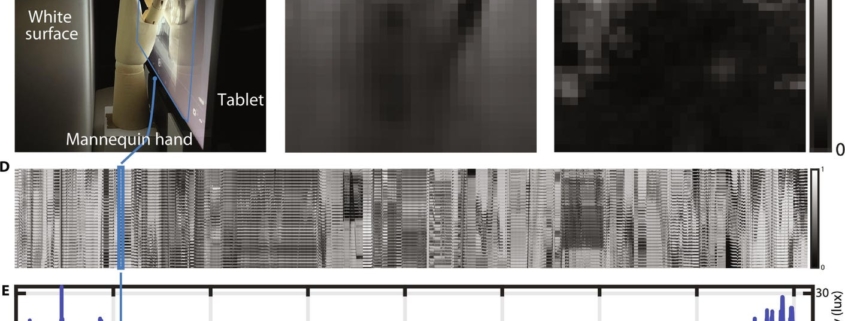Partial Screen Sharing To Better Security For Data, New Tweaks In First Developer Preview Here
Android 15 Features: Google has announced the Android 15 Developer Preview for developers across the globe. The company also highlighted a range of features that are a part of the preview build. The significant changes revolve around privacy and safety and a few minor tweaks. Google will likely introduce more features in the forthcoming builds. Here is a report for a detailed context about the features in the recent build.
Latest Privacy Sandbox: The new Android incorporates the latest Privacy Sandbox for improved privacy and personalised ad experience in apps. The update brings “Android AD Services up to extension level 10.”
Tweaks In Health Connect: The platform to collect health and fitness data will be tweaked to introduce support for data types across nutrition, fitness and more.
Enhanced File Safety: Via the new APIs, the files can be secured using cryptographic signatures to avoid tampering and improve security. It will also offer protection from malware and unauthorised file access that may compromise a smartphone.
Partial Screen Sharing: With the new option, users can record just the app window and not the complete screen. Plus, developers can also customise the experience for their apps. However, user consent shall be required before using the feature.
Improved Camera Controls: Targeted to creators, the company also highlighted that developers can control the brightness of the preview and adjust the flash intensity for photography.
Efficient Performance: The Android Dynamic Performance Framework, which allows apps (and games) to interact with the power and thermals of Android gadgets, will get new capabilities. The new power-efficiency mode will suggest apps “prefer power saving over performance” in the long run and in other scenarios. Plus, it can adjust the CPU and GPU workloads. The new ADPF can also interpret the thermal throttling status of a device.



